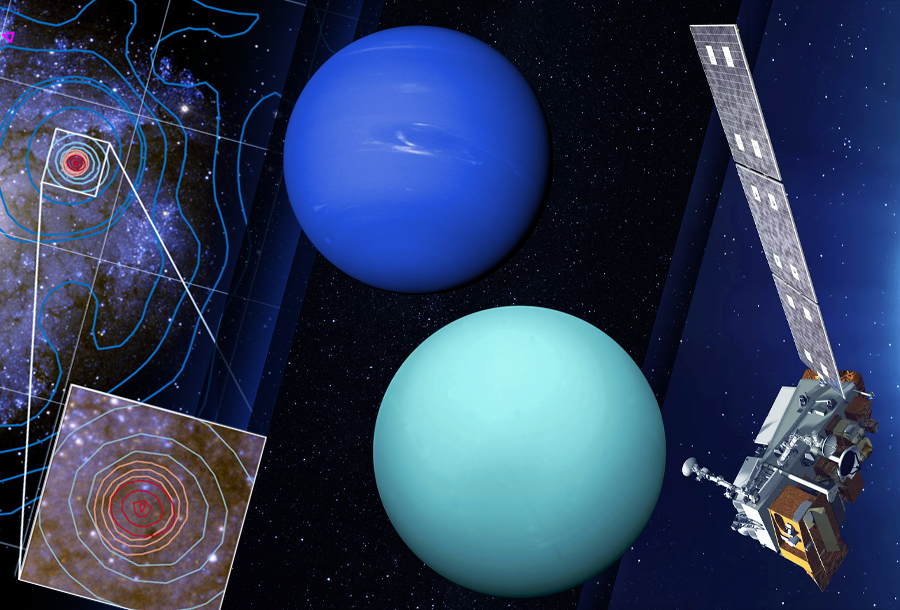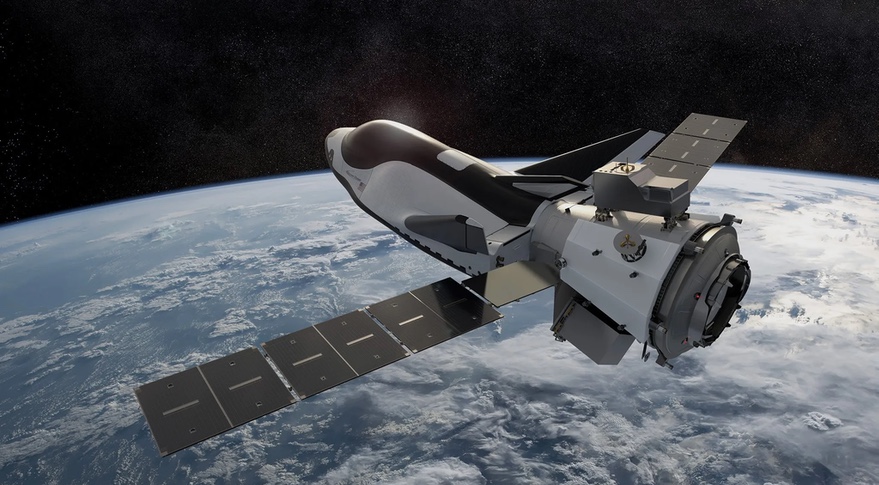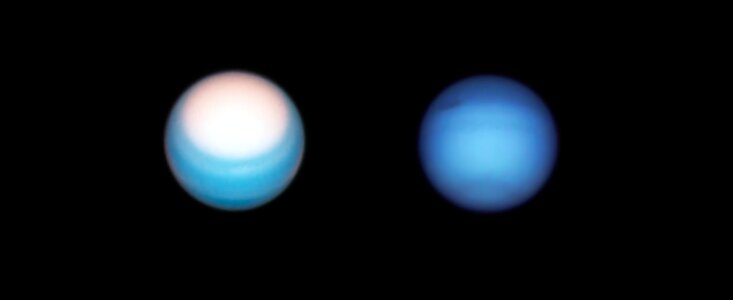Selection of space news for breakfast: Hubble helped explain why Uranus and Neptune are different colors. Two startups attracted millions of investments for the development of lunar rovers and mining on asteroids, and the planetarium in Dnipro held a charity event for children.

How Ukraine could help Europe boost its space sector
While Ukraine is paying a high price for its independence and recognition, Ukrainian industries, the space industry among them, are under a heavy toll. Many of the core space facilities and companies are in the areas that were or are still actively being bombed by the Russian air forces. But it seems the ongoing war in Ukraine can offer new opportunities for the space industry, especially considering the high chances for Ukraine of joining the EU.
Ukraine could add to and strengthen the European space effort as one of the ten countries with a full cycle of spacecraft manufacturing, especially after Russia found itself excluded from major space initiatives.
Noosphere Planetarium hosted a charity event dedicated to the International Children’s Day
In Noosphere Planetarium, an event was organized for kids from both the Dnipro and immigrants to distract children from their worries for at least a day. The event was organized for children from 4 to 16 years old. It was possible to get to it by pre-registering. In addition to gingerbread and rockets, free workshops were organized for children in the courtyard of the institution, where children personally created models of rockets and souvenir gingerbread with their author’s paintings. Today they also painted cakes in the form of a map of Ukraine.
NASA eyes November for launch of NOAA’s Joint Polar Satellite System-2
NASA and the National Oceanic and Atmospheric Administration (NOAA) are now targeting Nov. 1, 2022, as the new launch date for NOAA’s Joint Polar Satellite System-2 (JPSS-2) satellite mission. During recent tests of a key instrument designed to collect visible and infrared images, the team found and corrected an issue, which resulted in additional time needed to complete thermal vacuum testing.
Market News

Sierra Space to partner with Spirit AeroSystems on Dream Chaser cargo modules
Sierra Space announced a strategic partnership with aerospace manufacturer Spirit AeroSystems for production of cargo modules for its Dream Chaser vehicles. The companies said they signed a letter of intent under which Spirit will assist in the development and production of Shooting Star, the cargo module attached to the aft end of the Dream Chaser lifting body vehicle. That module will support future cargo missions to the International Space Station under Sierra Space’s contract with NASA, and for other applications.
Astrocast buying Hiber to boost funding and expansion plans
Cash-strapped smallsat operator Astrocast announced plans to buy Dutch connectivity solutions provider Hiber, which scrapped plans for its own constellation last year following failures on its initial satellites. Switzerland-based Astrocast said the deal would give it spectrum in the Americas to enable its growing constellation for connecting Internet of Things (IoT) devices to operate globally.
U.S. FAA delays SpaceX final environmental decision to June 13
The Federal Aviation Administration (FAA) on Tuesday again delayed completing a final environmental assessment of the proposed SpaceX Starship spacecraft and Super Heavy rocket program in Boca Chica, Texas until June 13.
Blue Origin to send another group of tourists into space on June 4 — two weeks later than planned
This weekend, Blue Origin plans to conduct its fifth flight into space. NS-21 is scheduled to launch from Blue Origin’s West Texas site on Saturday during a window that opens at 9 a.m. EDT (1300 GMT).
NASA CAPSTONE cubesat lunar mission launch postponed again
The launch was scheduled for June 6, but now NASA’s CAPSTONE lunar mission starts earlier on June 13. This was reported by Rocket Lab via Twitter. The company explained that additional time is required “to support the final launch and check the readiness of Photon.” The 25 kg satellite will launch on a Rocket Lab Electron carrier rocket equipped with a Lunar Photon upper stage from the Rocket Lab cosmodrome in Zealand.
Startups raise millions for lunar rovers and asteroid mining
Two startups recently raised a combined $25 million in seed rounds to advance plans for lunar and asteroid missions, showing continued interest in space startups despite broader market uncertainty.
Lunar Outpost announced it raised a $12 million seed round from several investors. Explorer 1 Fund led the round with participation from Promus Ventures, Space Capital, Type 1 Ventures and Cathexis Ventures. The second startup was Astroforce, based in Huntington Beach, California. He announced a $13 million investment led by Initialized Capital with investments from Seven Seven Six, EarthRise, Aera VC, Liquid 2 and Soma.
Interesting

Hubble Helps Explain Why Uranus and Neptune Are Different Colours
Neptune and Uranus have much in common — they have similar masses, sizes, and atmospheric compositions — yet their appearances are notably different. At visible wavelengths Neptune is a rich, deep azure hue whereas Uranus is a distinctly pale shade of cyan. Astronomers now have an explanation for why the two planets are different colours.
New research suggests that a layer of concentrated haze that is present on both planets is thicker on Uranus than on Neptune and therefore ‘whitens’ Uranus’s appearance more than Neptune’s. If there was no haze in the atmospheres of Neptune and Uranus, both would appear almost equally blue as a result of blue light being scattered in their atmospheres.
Astronomers discovered a new radio source of unknown origin
During observations of a spiral galaxy known as NGC 2082, a team of Australian astronomers discovered a bright compact radio source. The origin and nature of this source is still unknown. During the study of the spiral galaxy NGC 2082, performed using the ASKAP, ATCA and Parkes telescopes, Australian astronomers discovered a strong point radio source. It received the designation J054149.24-641813.7.
Plato’s Cave: Vacuum test for detecting exoplanets
The USA is working on a new exoplanet hunter mission called Plato, to be launched in 2026. Astronomers expect to discover Earth-sized planets within the habitable zone thanks to Plato’s ability to spot smaller planets in larger orbits than current telescopes. SRON Netherlands Institute of Space Research is contributing to the project by testing Plato’s cameras in a custom built space simulator. SRON researchers have finished testing the prototype, and all features function as expected. The framework for the camera is now undergoing a month-long vacuum soak at SEA to evaluate its endurance underspace conditions.
Follow us on Twitter to get the most interesting space news in time
https://twitter.com/ust_magazine

